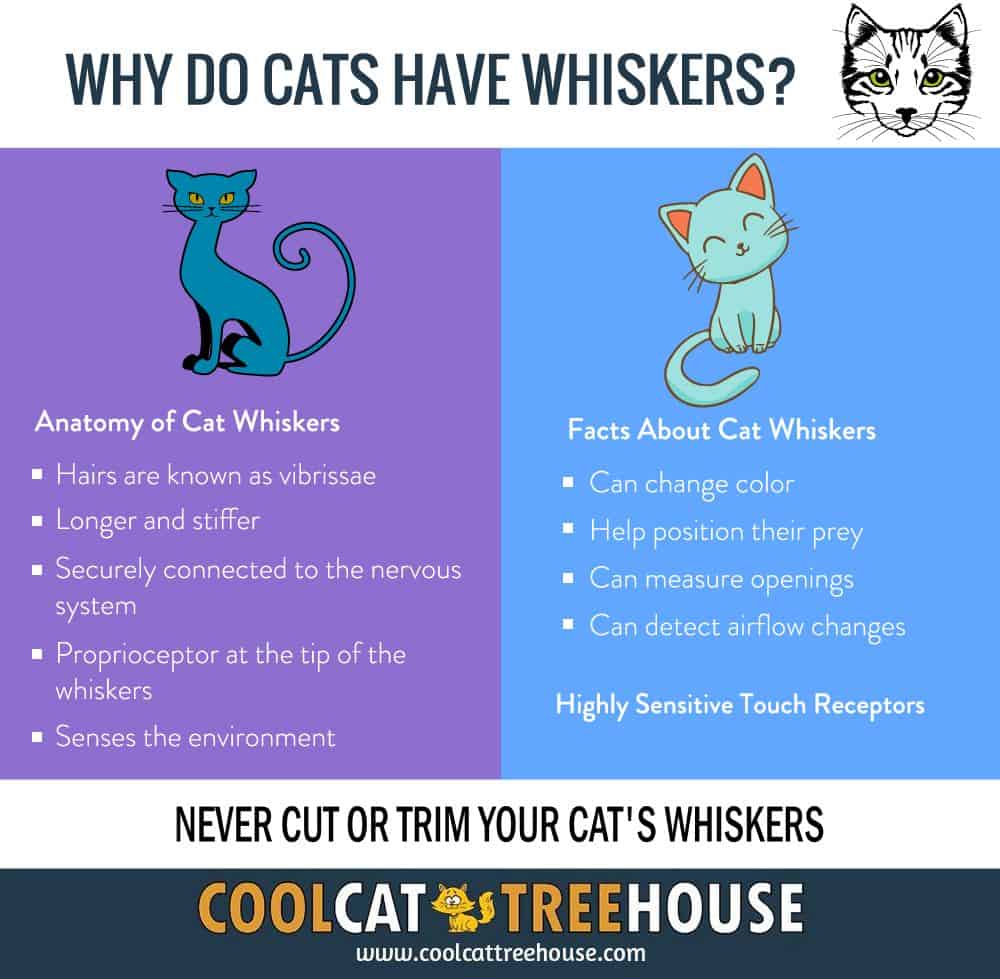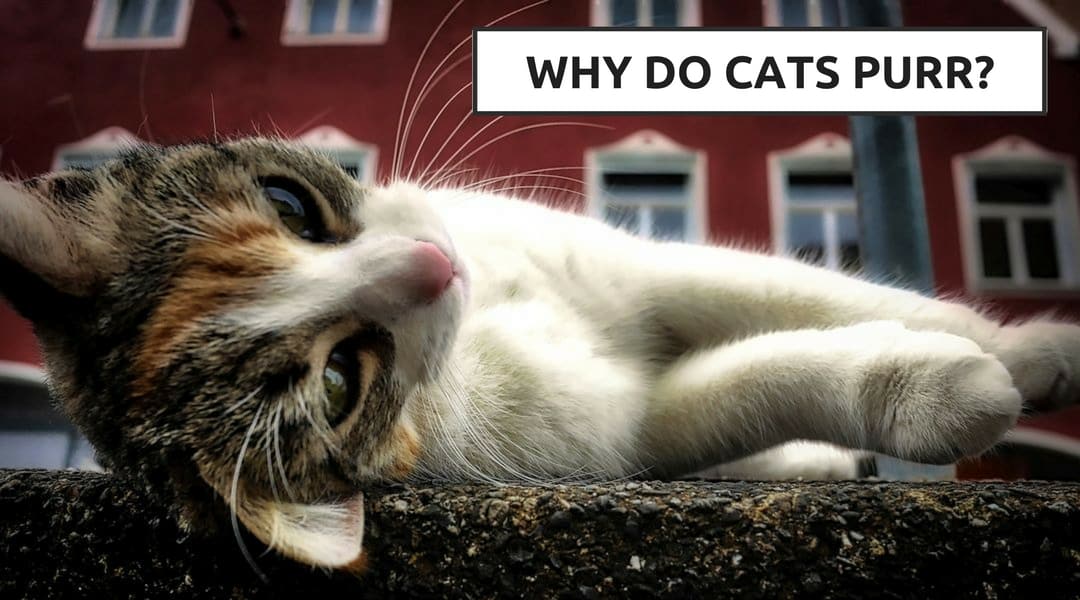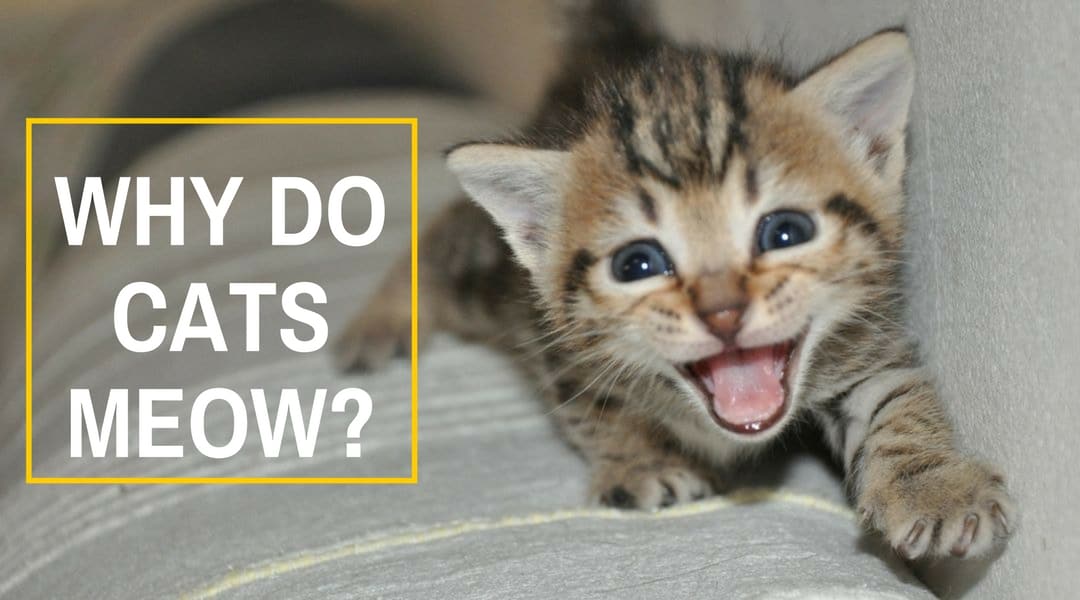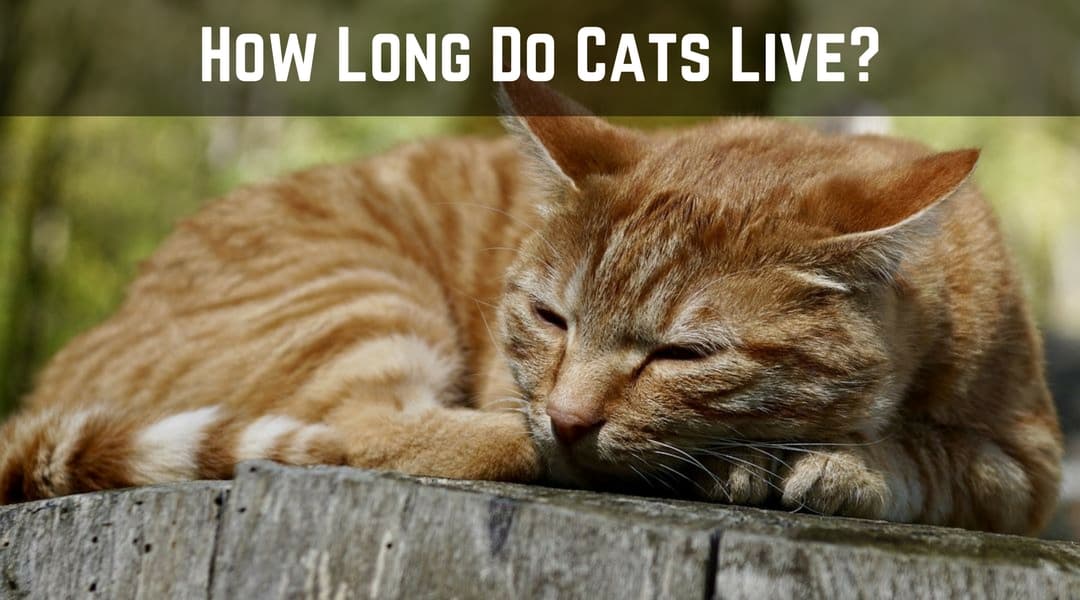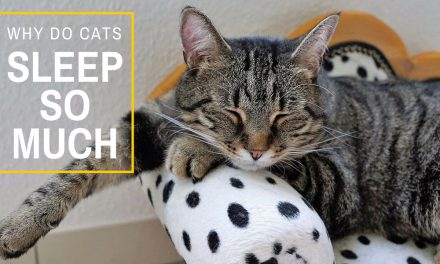Table of Contents
The stiff hairs found on your cat’s face and legs are an important physiological attribute that does not just add to her cuteness but are your cat’s GPS and radar systems. They determine how your cat senses the world as each thick whisker contains tiny super-sensitive nerves that help the cat to judge space and distance.
Unlike men who grow a mustache for extra style, a cat’s facial hair has nothing to do with style or fashion. In this article, we explain why do cats have whiskers.
The Anatomy of Cat Whiskers
Most people often assume that cat whiskers are similar to human hair but this is a misconception. In fact, unlike human hair, your cat’s whiskers are sensitive receptors that are deeply embedded in the cat’s body
These hairs
These whiskers or tactile hairs can be found on the cat’s upper facial lip and on its nose. Shorter whiskers can also be seen above the cat’s eyes and amazingly, on their jawline and also on the back of its front legs.
Cats have a proprioceptor which is a sensory organ found at the tip-end of their whiskers which transmits tactile signals to its nervous system and brain. This organ is related to the position of the cat’s body and limbs which helps the cat gauge the environment and make decisions in case an immediate movement is required.
The proprioceptor makes the whiskers extremely sensitive to even the slightest change in the cat’s surroundings. Besides helping the cat to gauge its ability to fit in a tight space even in darkness Whiskers are also sensitive to vibrations in the air, a characteristic that helps the cat during hunting.
Whiskers allow your cat to visually estimate distance which enables them to leap fast and gracefully
Never Cut or Trim Your Cat’s Whiskers
Cat whiskers should not be trimmed, even those with curly types such as the Devon Rex. Cutting, trimming or grooming is a big mistake since
Gets Your Cat In The Mood
Cats possess complex muscles on the face that helps them to move their whiskers back and forth hence you can tell how your cat is feeling by simply observing how she rearranges her whiskers. Besides acting as radar and tracking systems, whiskers can help you to gauge your cat’s moods.
When playing with your cat, you may notice that its whiskers often point forward. You can also tell when a cat is startled or excited since every hair on its body including the whiskers stands on end pointing almost completely forward.
Fun Facts About Your Cats Whiskers
Cat’s whiskers are an integral part of their sense of security and mobility and without
1. Cat Whiskers Can Change Color
A white whisker can grow on a pure black cat’s fur especially as she begins to age but you should not be surprised by this as cats also gray with age although
2. Whiskers Help Cats Position Their Prey
Cats are longsighted meaning they cannot see well up close especially when they are catching their prey. Whether the prey is their favorite feather toy or mouse, cats need a way to sense that their prey is properly positioned for the attack. The whiskers on the back of a cat’s forelegs and those on the sides of her nose as well as those on her chin, play this crucial role.
3. Cats Can Do a “Whisker check” to Measure an Opening
The whiskers on your cat’s muzzle can determine the width of an opening since they are approximately equal to the width of her body. When cats put their heads through an opening, they can check out the surroundings while doing a “whisker check” at the same time to estimate the size of the opening. The whiskers will brush the sides of the opening and that helps her know if she can fit.
4. Cat whiskers Can Detect Airflow Changes
The sharp sensitivity of cat whiskers enables them to detect even the slightest changes in air currents which allows them to maneuver in darkness without bumping into things. When outdoors, cats can also detect changes in the air around them which
Myths and Misconceptions About Cat Whiskers
There are several strange and untrue myths about cat whiskers but few people know the functions of this sensory accessory. Some people believe that keeping their cat’s whiskers can bring them good luck. Cats rarely shed their whiskers hence finding one is seen as good luck. Cats have also been associated with witchcraft as some people believe that their whiskers can be used for balance, guidance or
Why do Cats Have Whiskers Summary
Your cat’s whiskers are sensory organs that should never be cut or trimmed. A cat that has lost her whiskers is usually disoriented and confused. It would be similar for a human to be cut off from their sense of sight, hearing, smell, or touch.
Whiskers are touch receptors that are connected to the cat’s sensitive muscular and nervous system. This allows information about the cat’s surroundings to be sent directly to the sensory nerves. Cat whiskers shed and will grow back naturally, so simply leave your cat’s whiskers alone. After reading this article, you should have a better understanding of why do cats have whiskers.
References
Why Do Cats Have Whiskers Infographic
